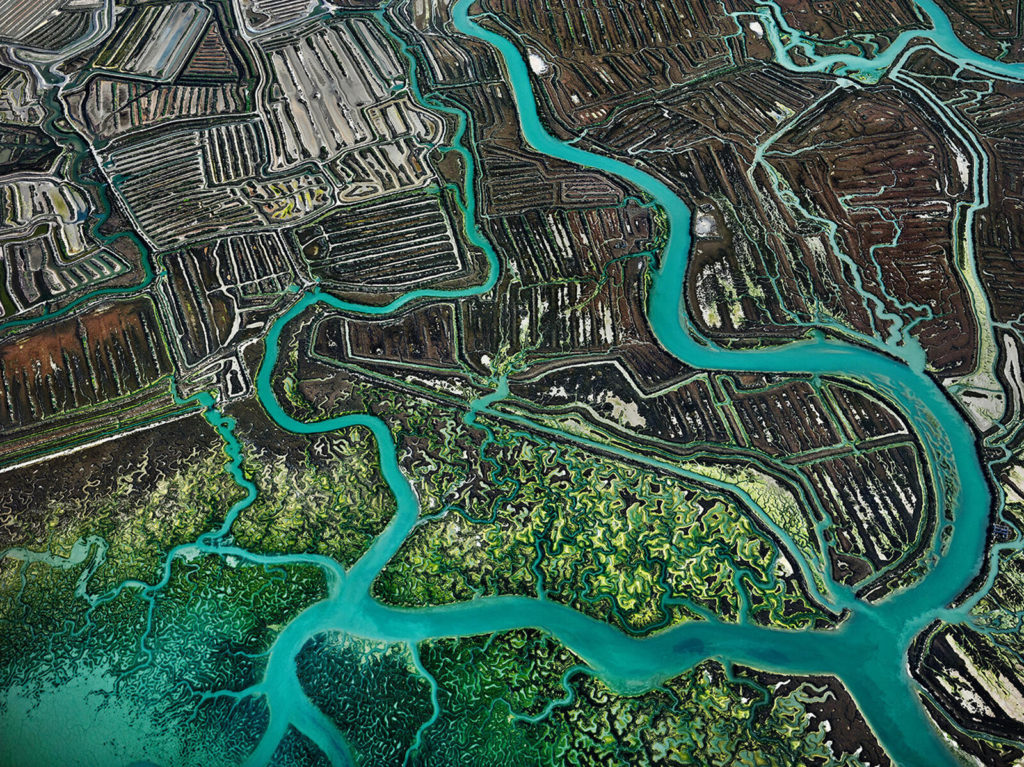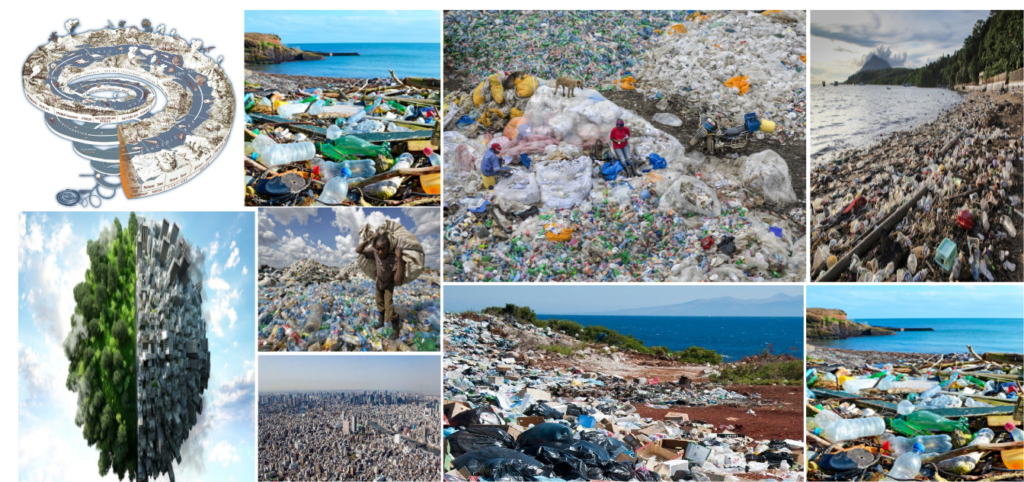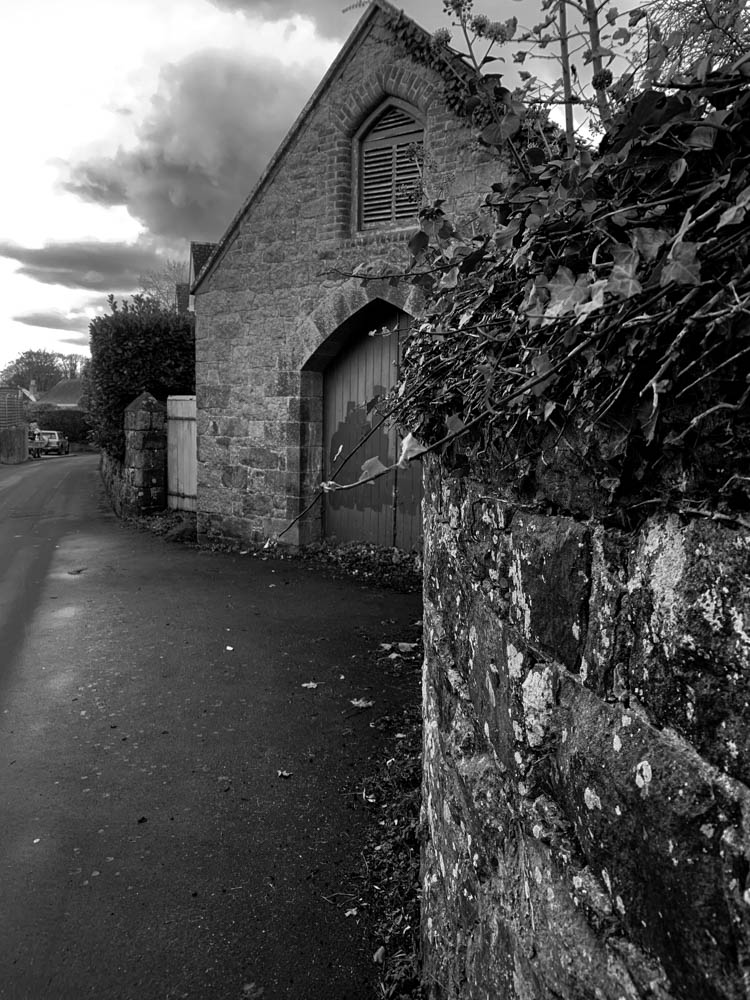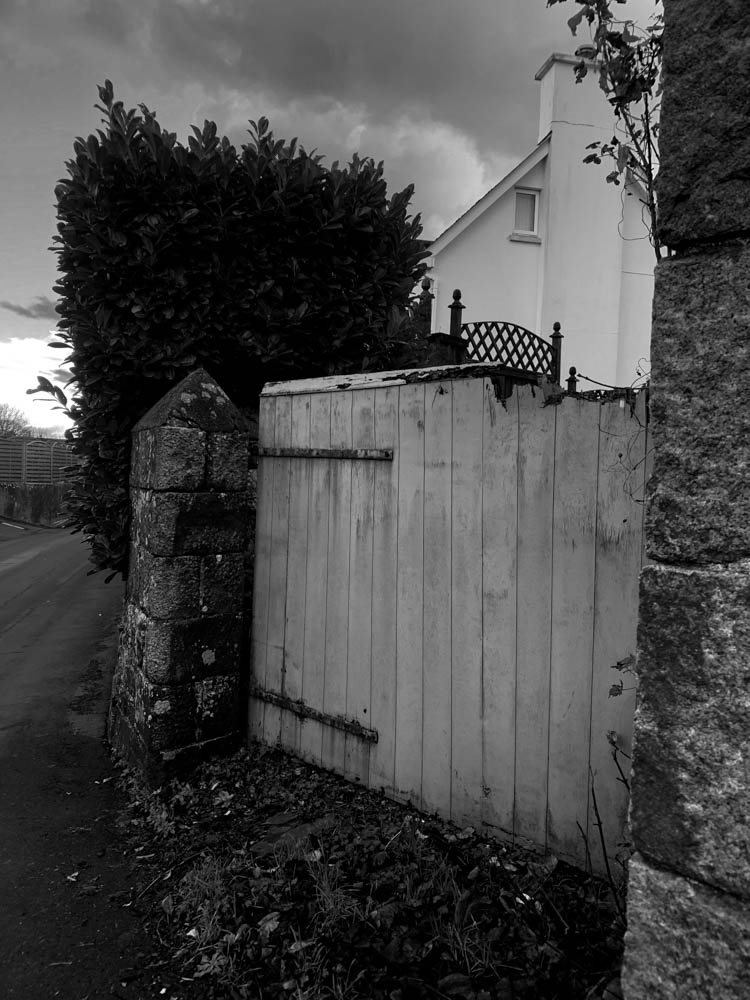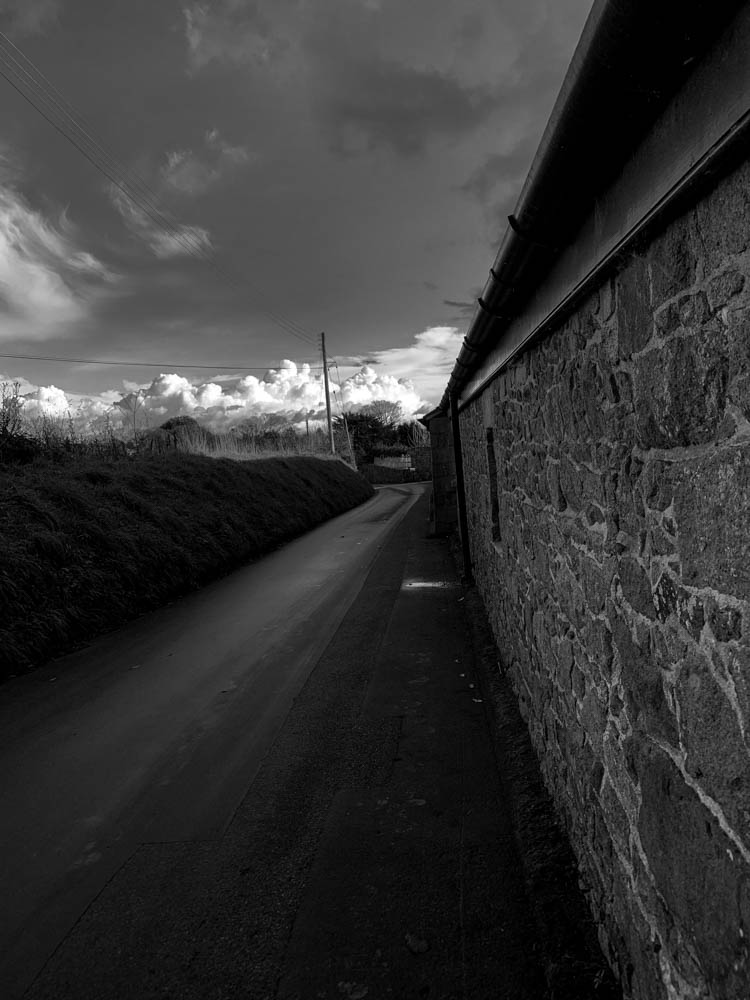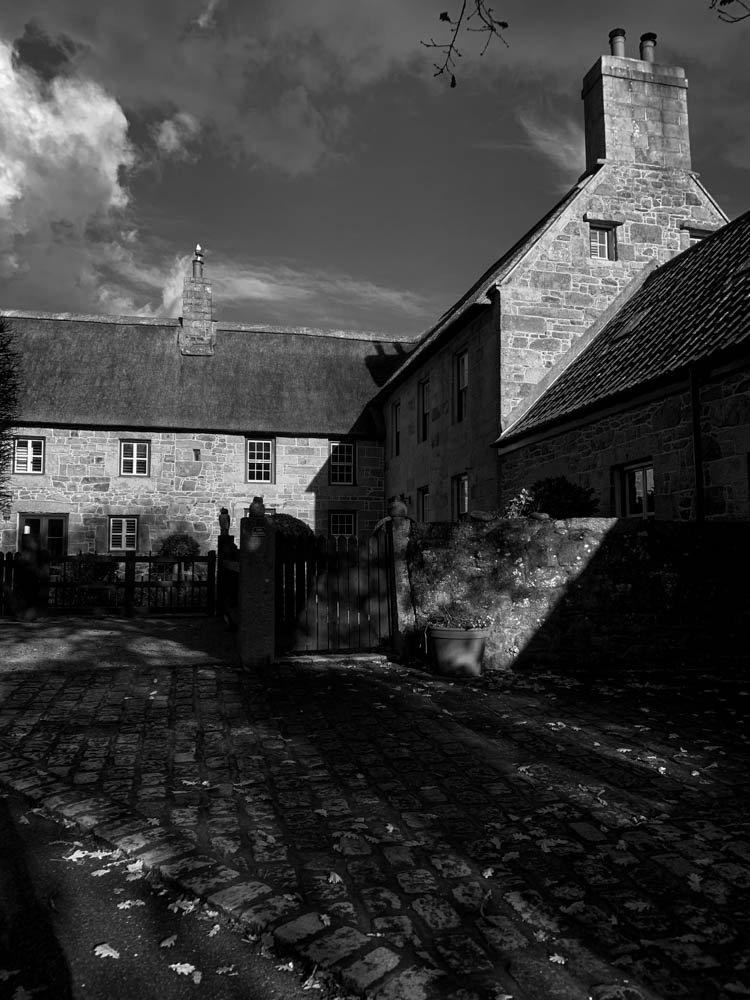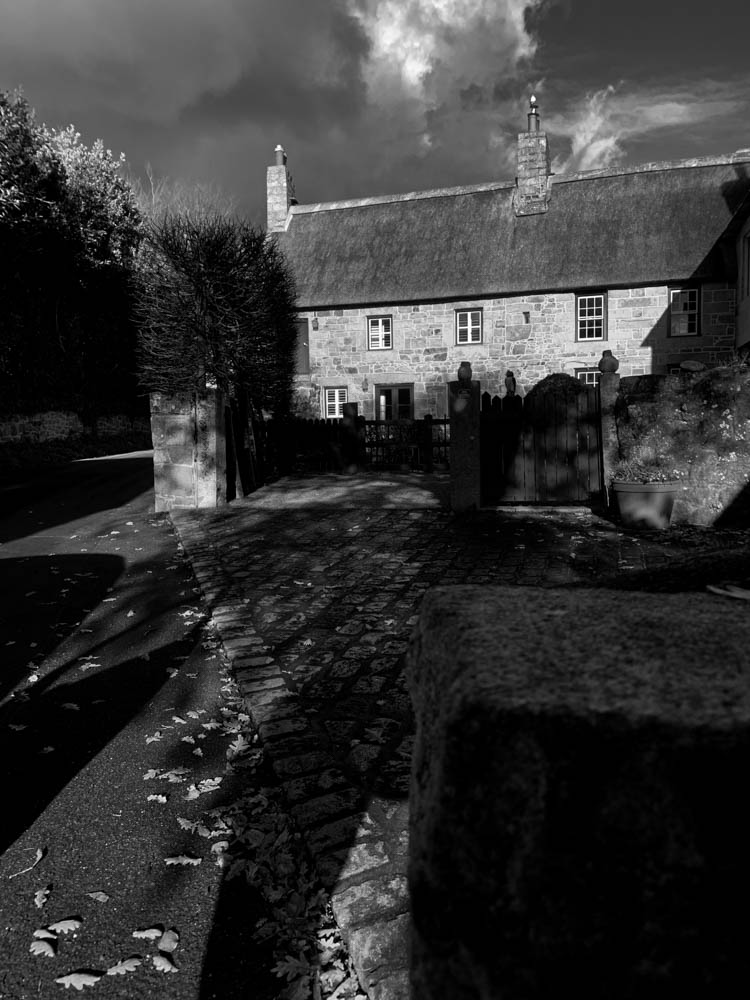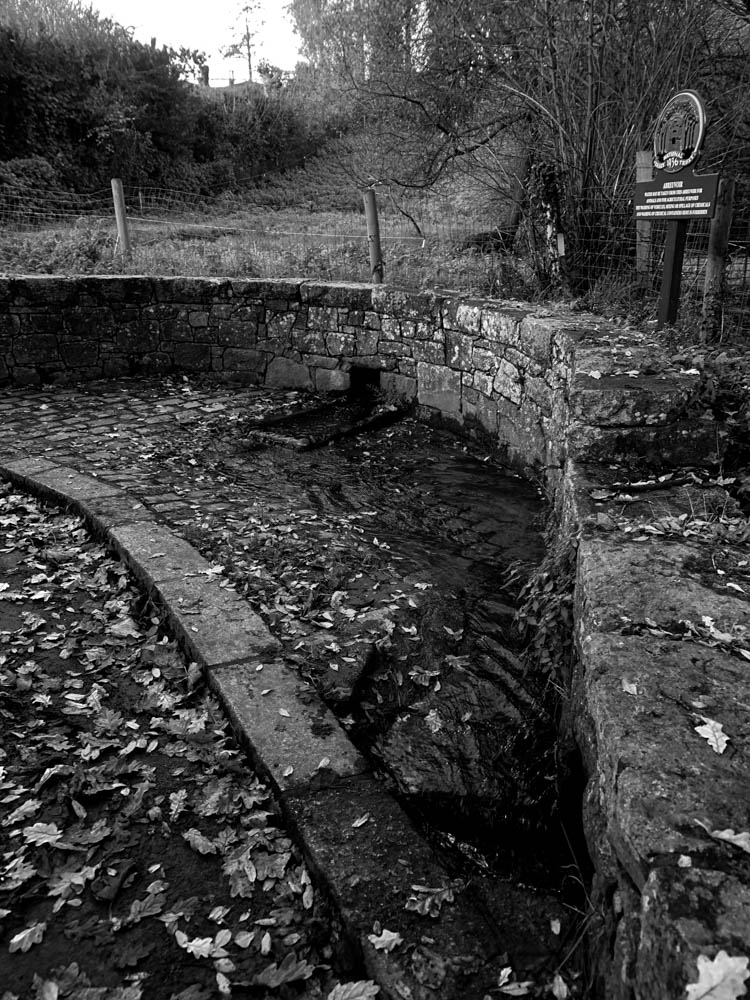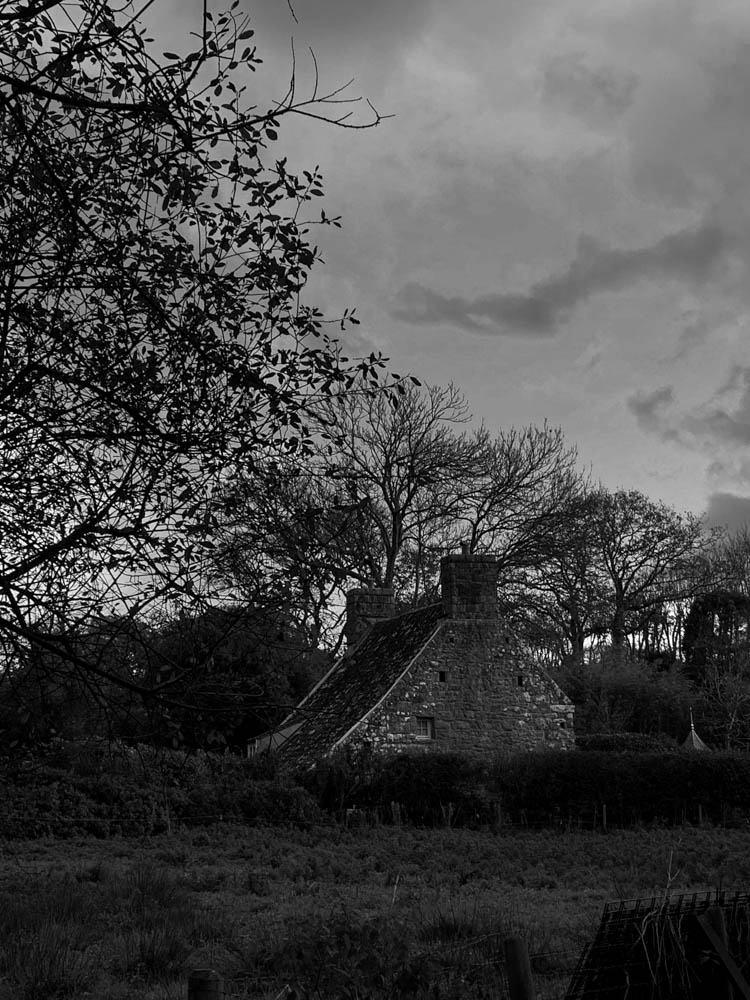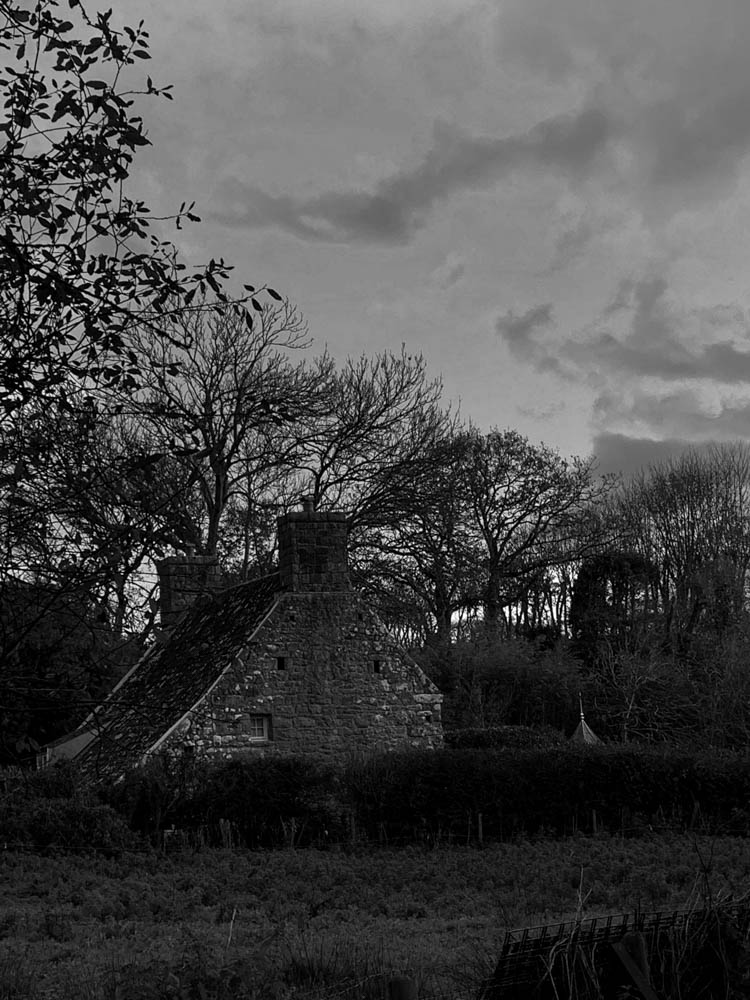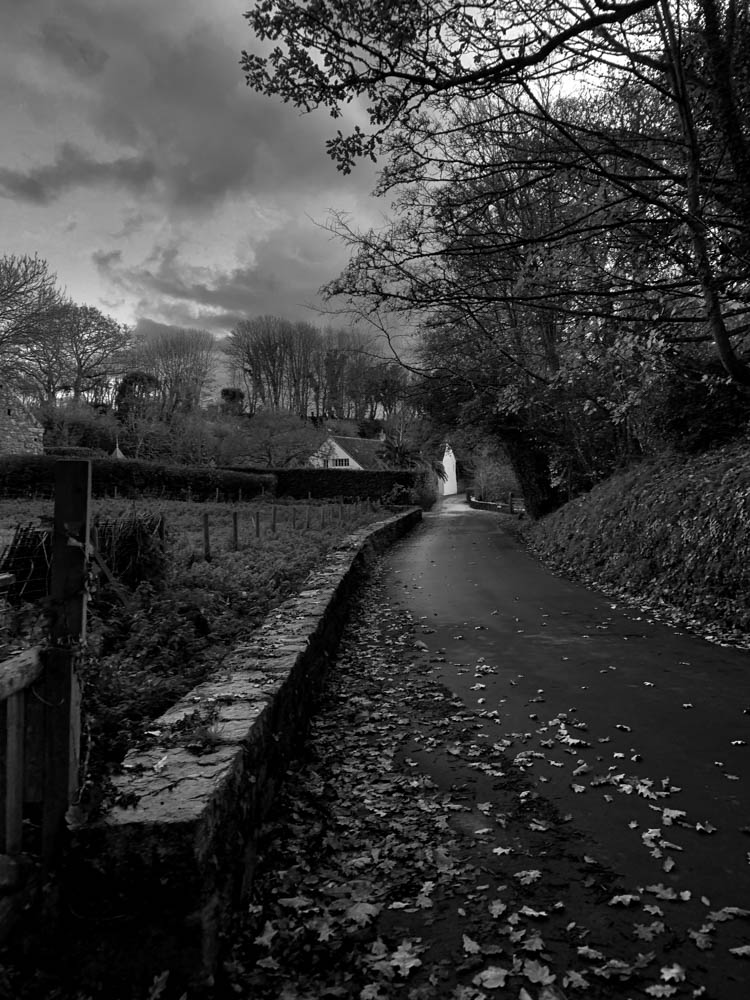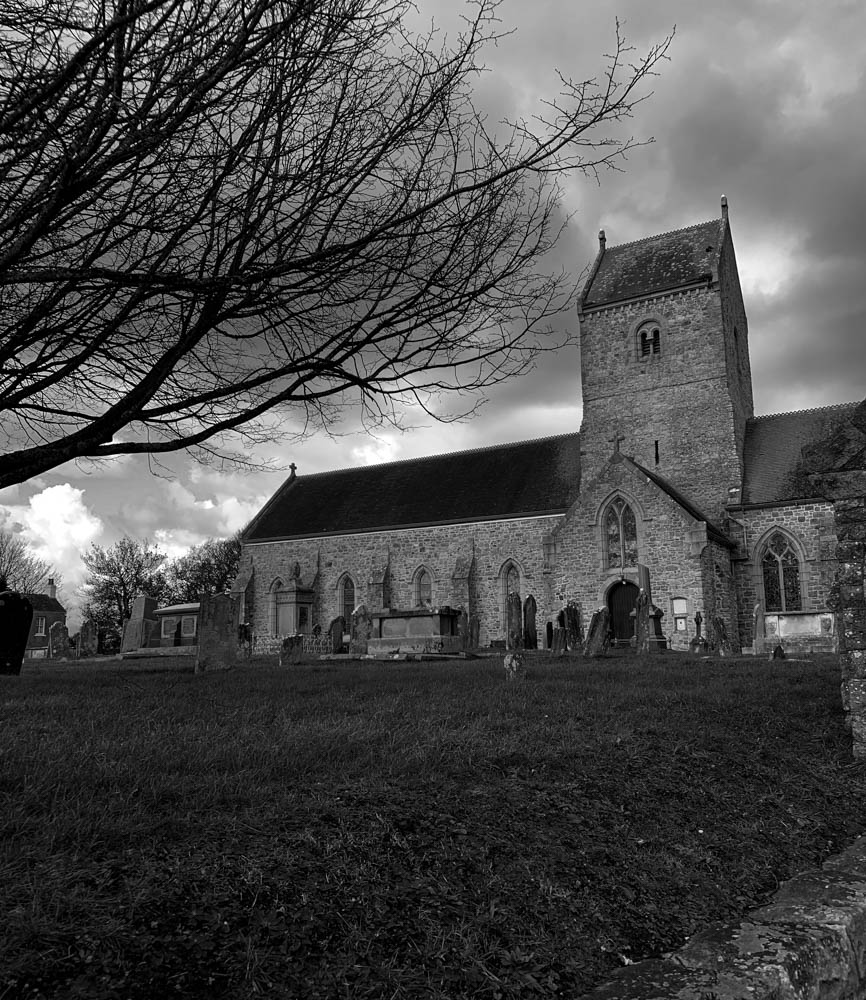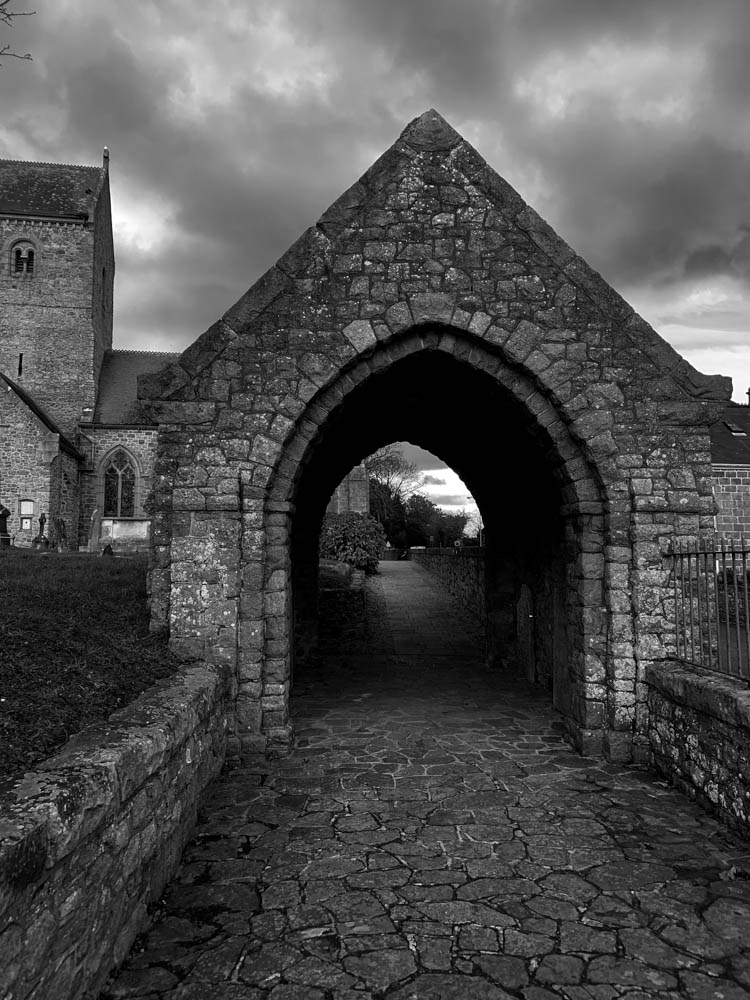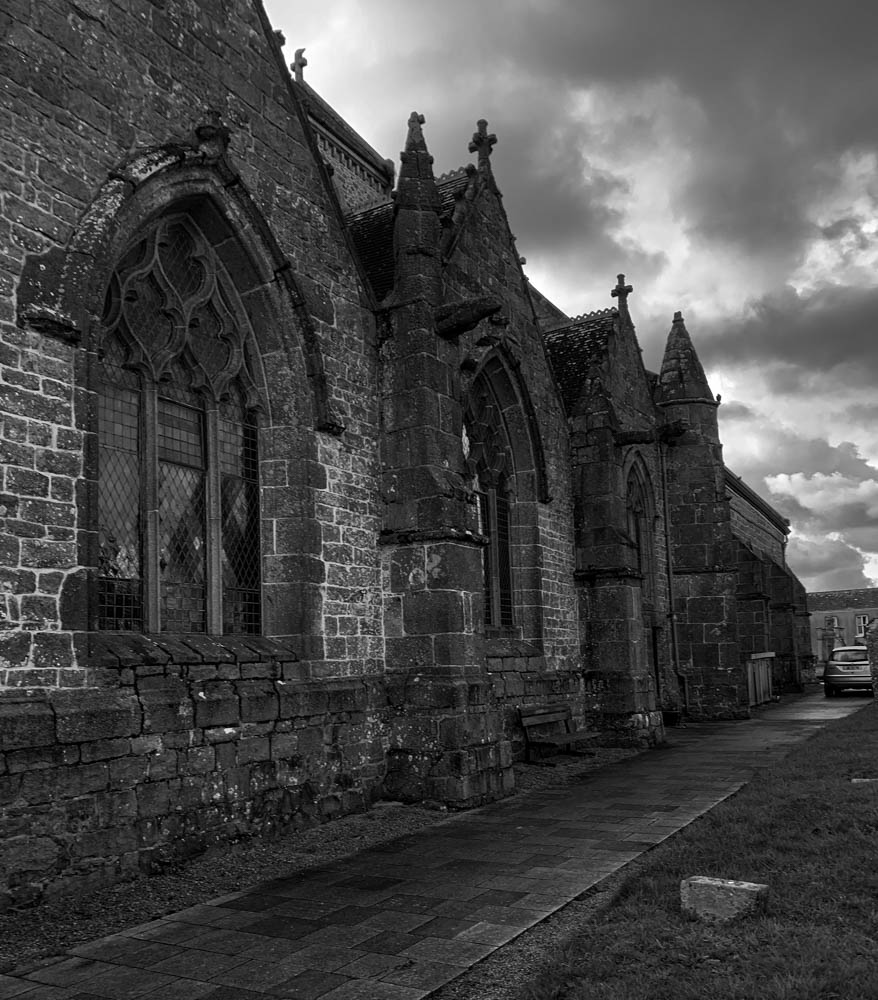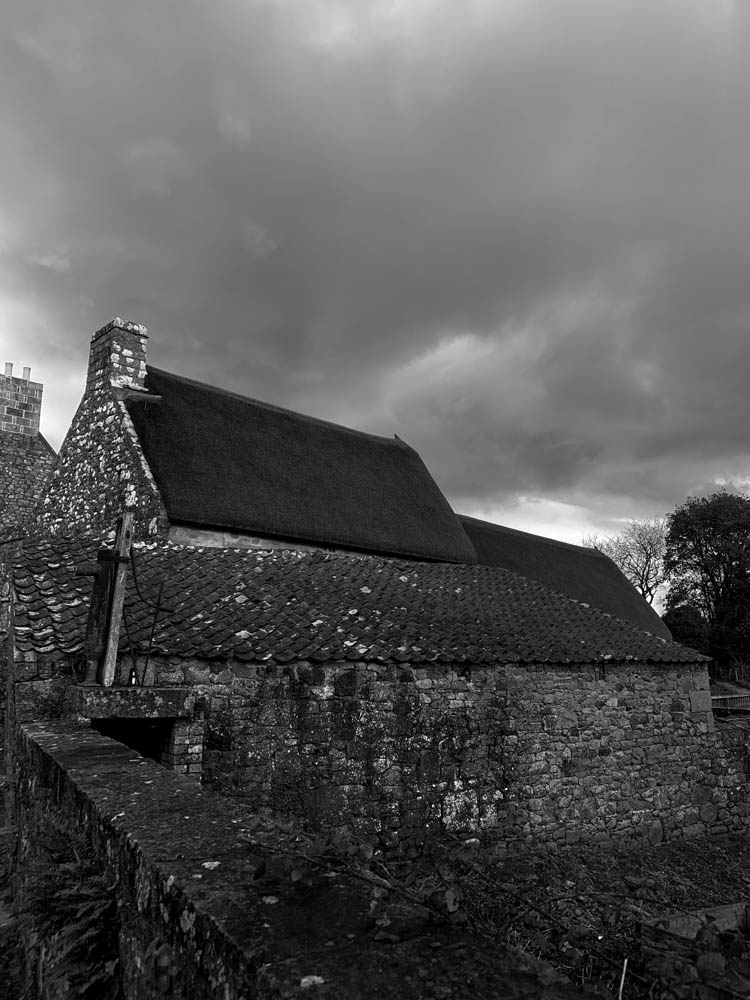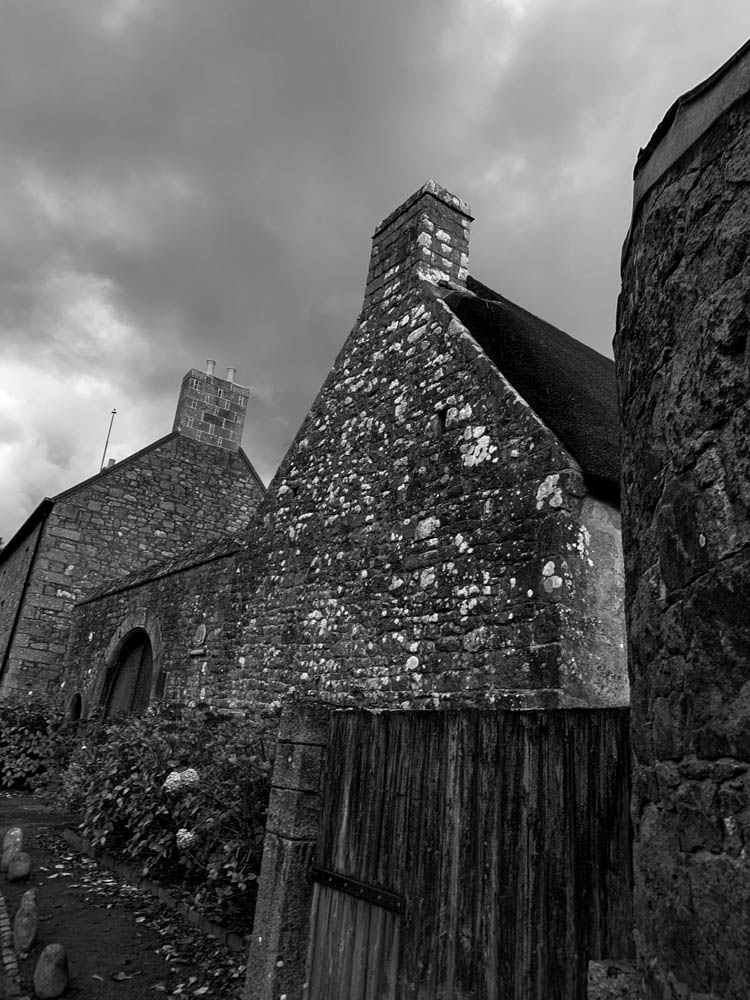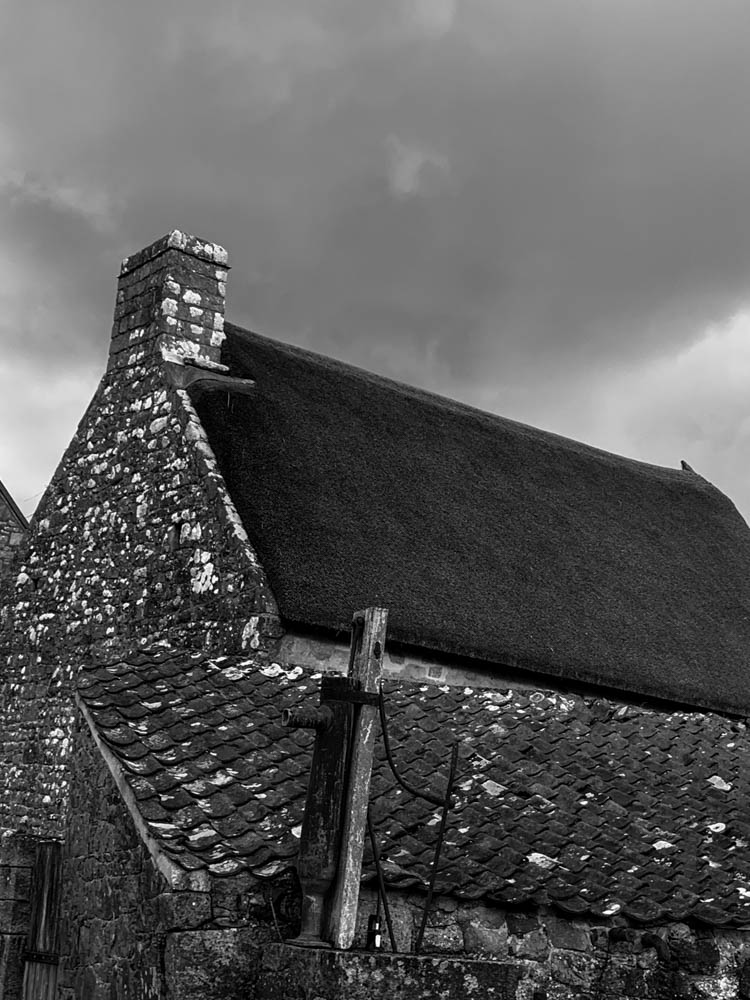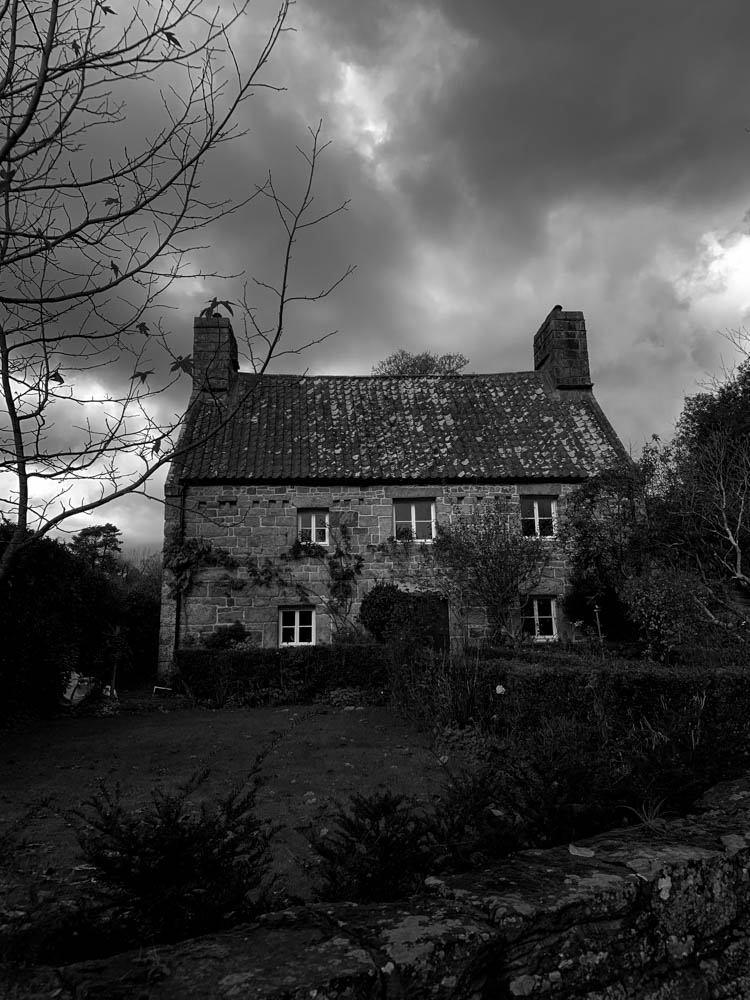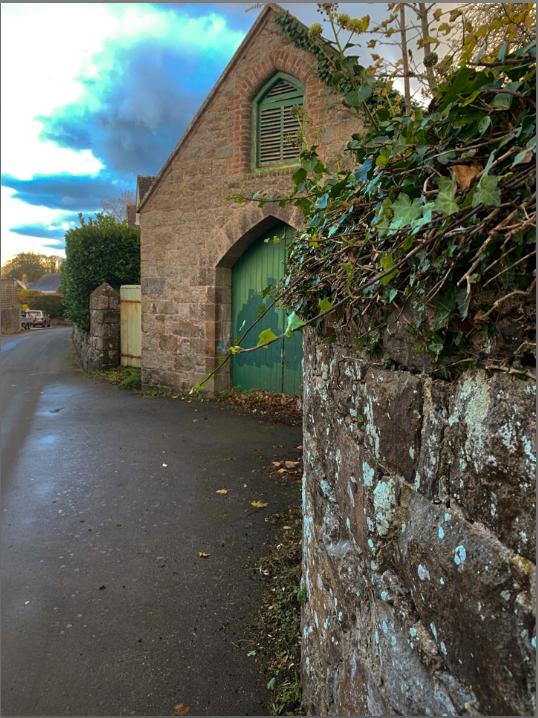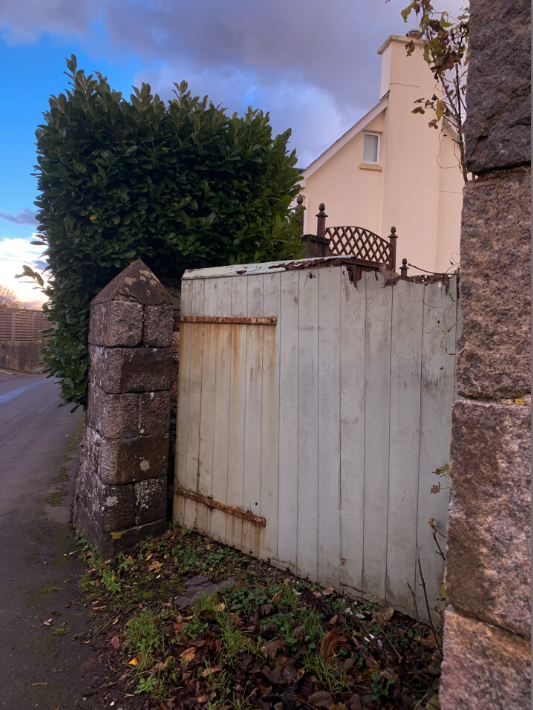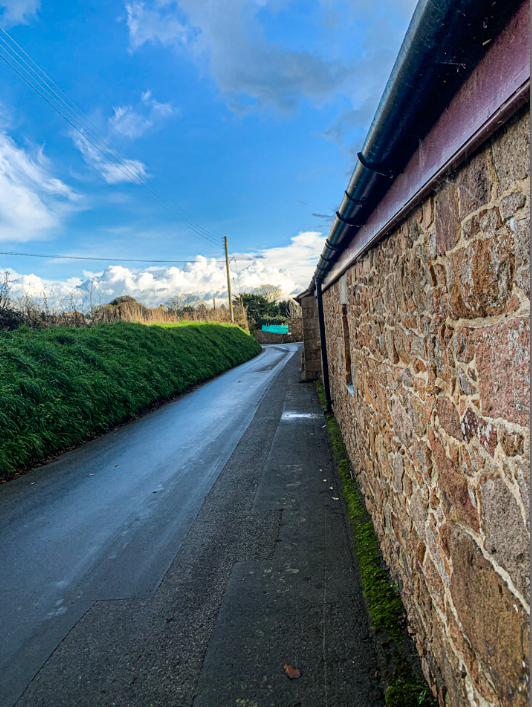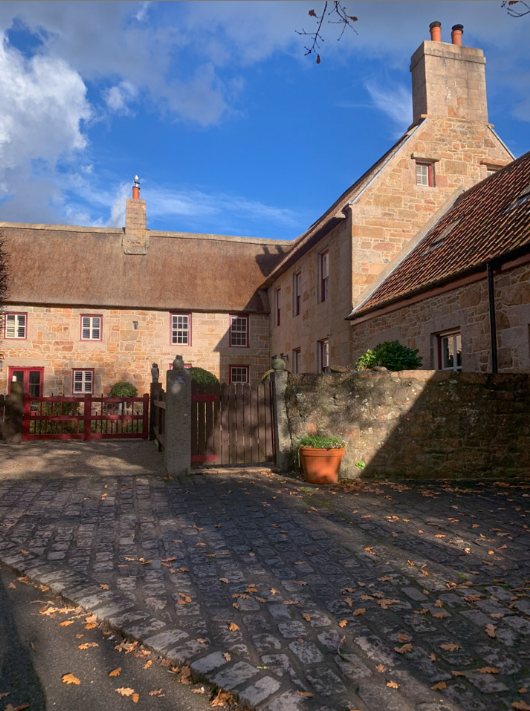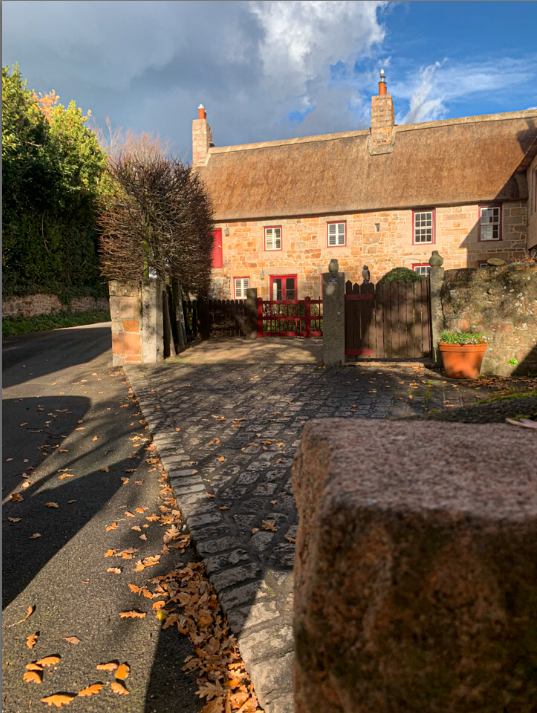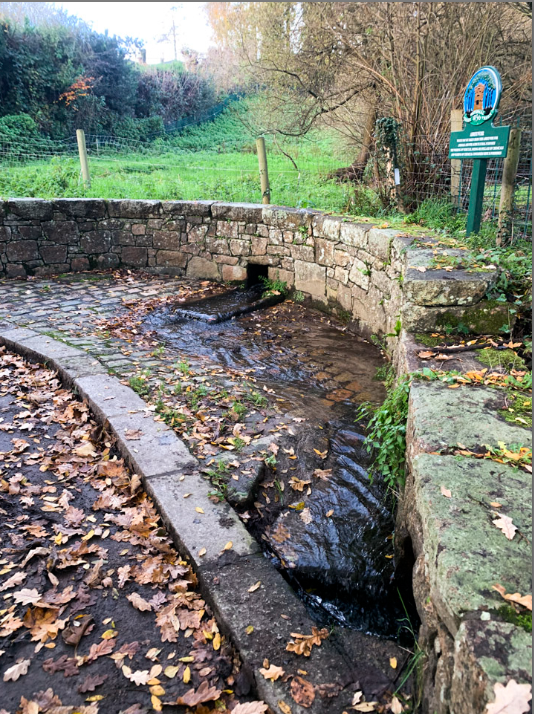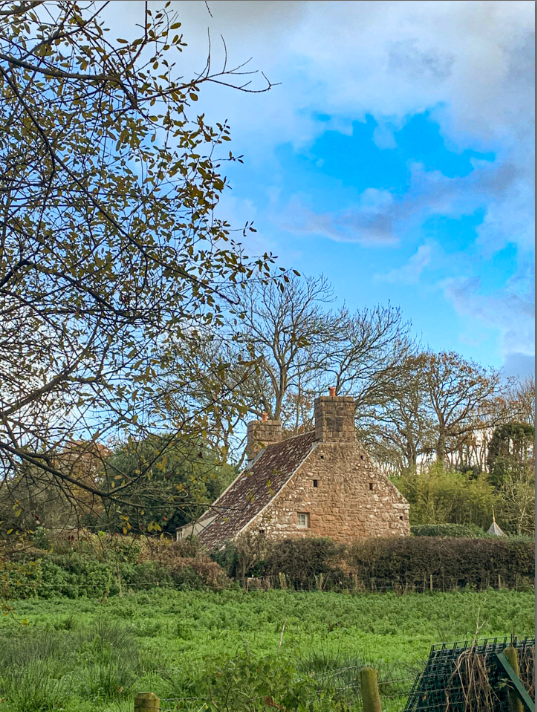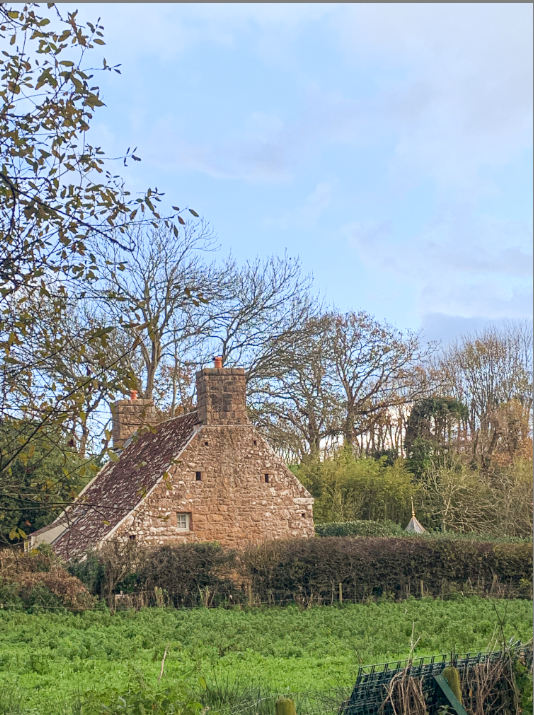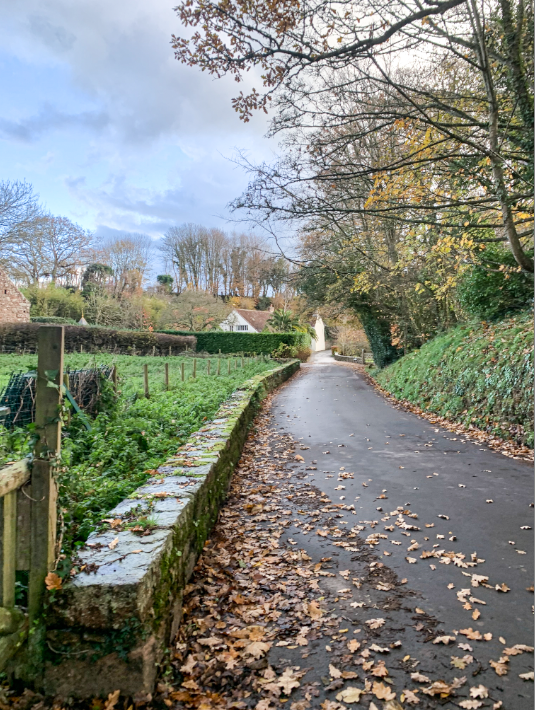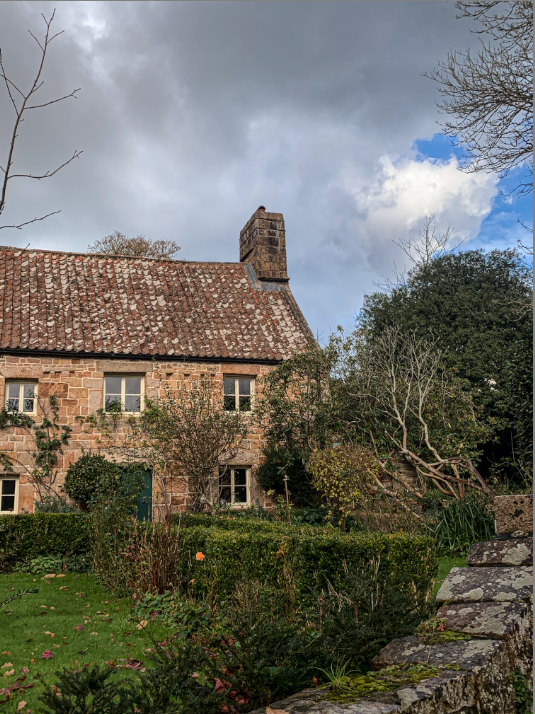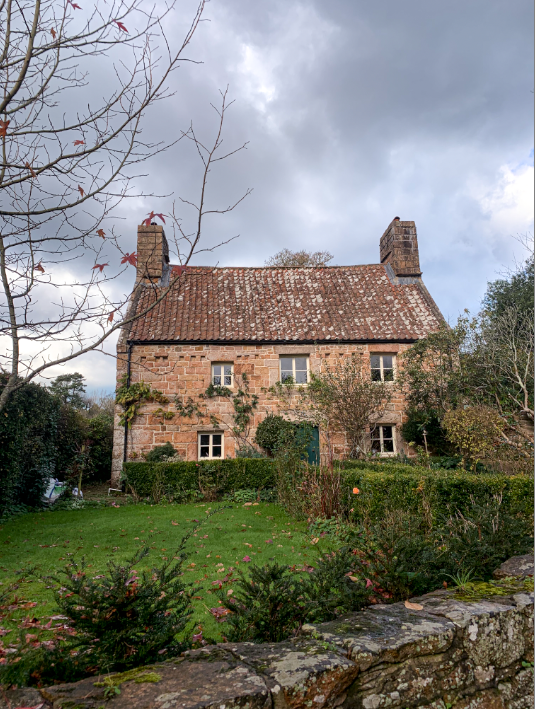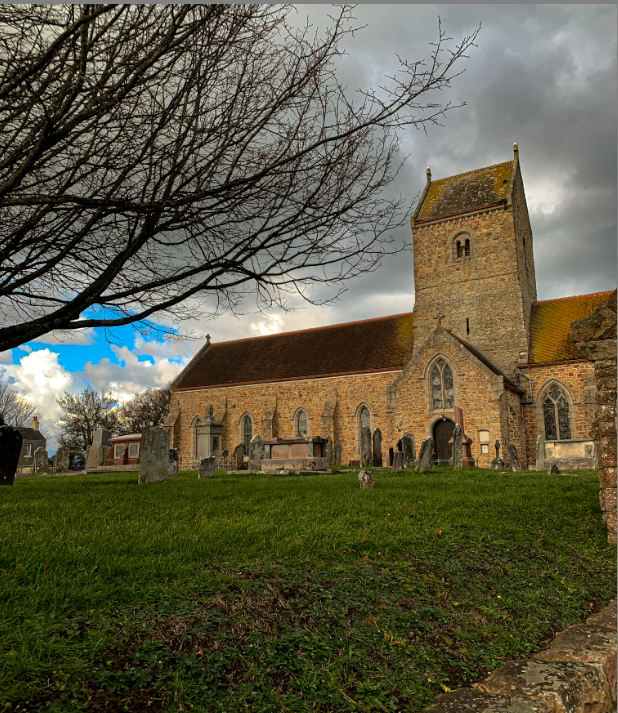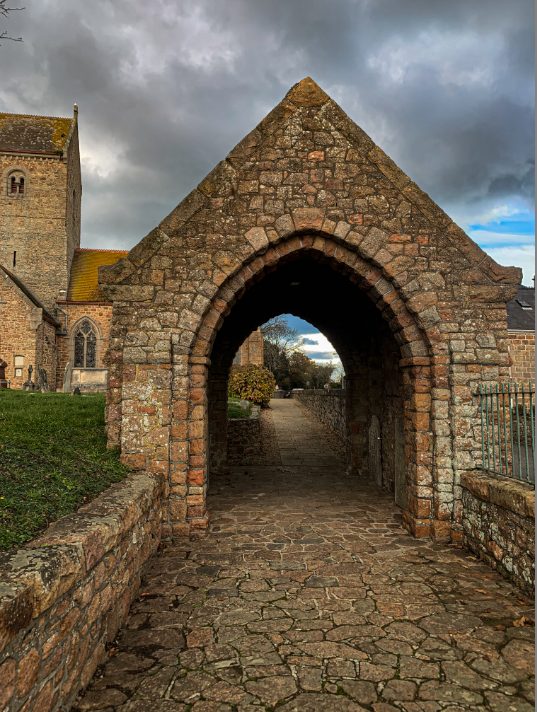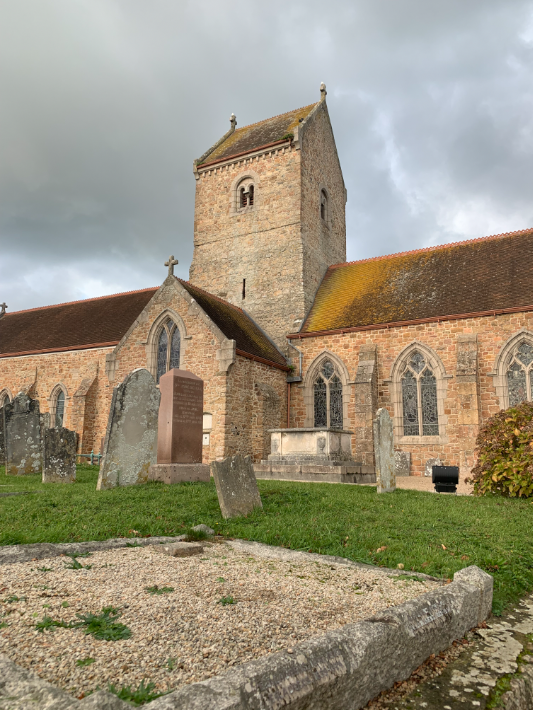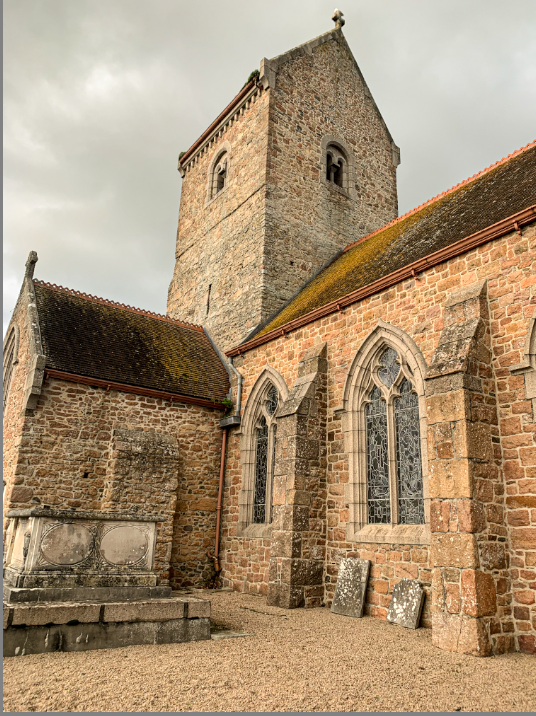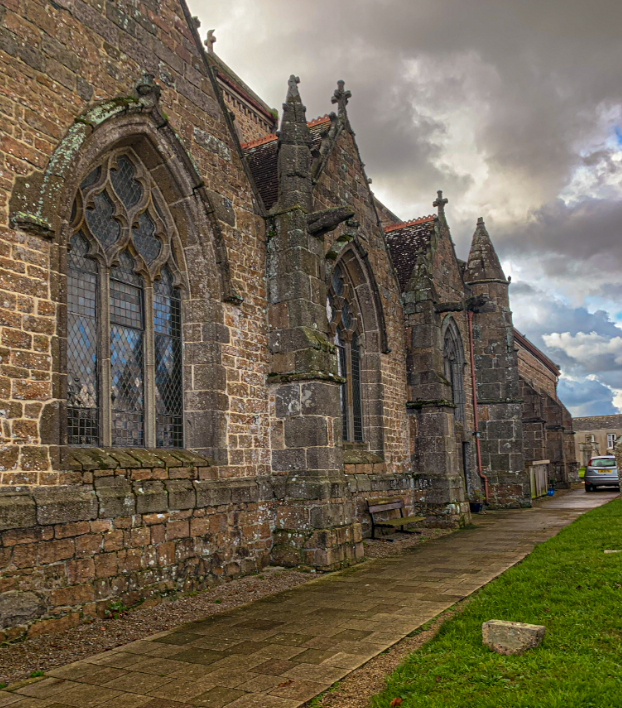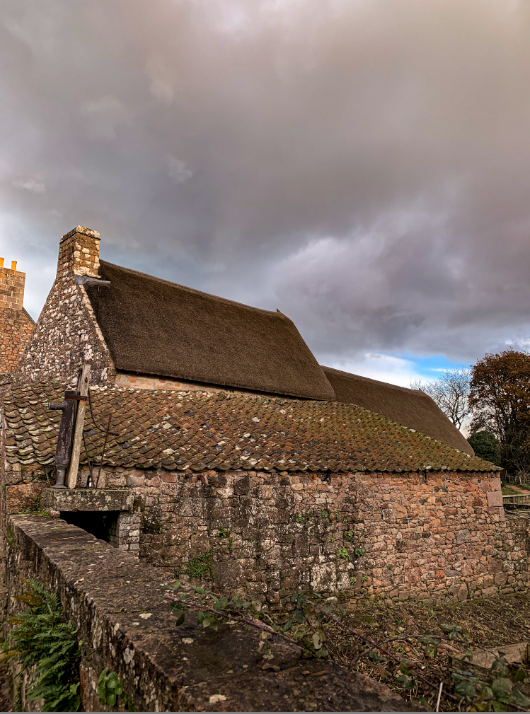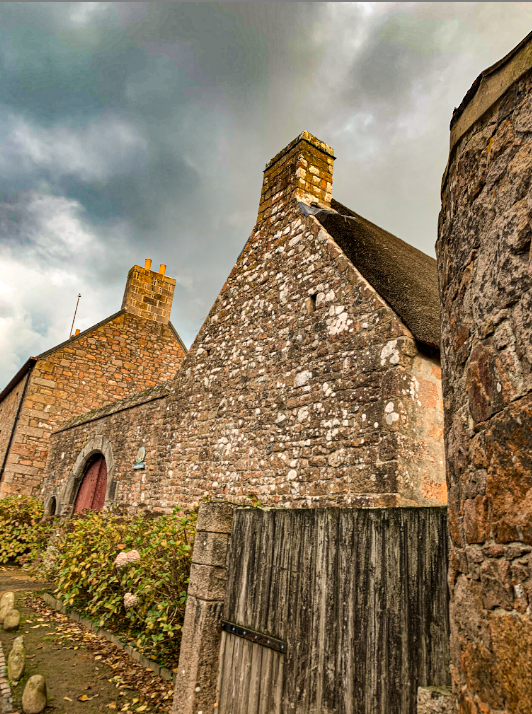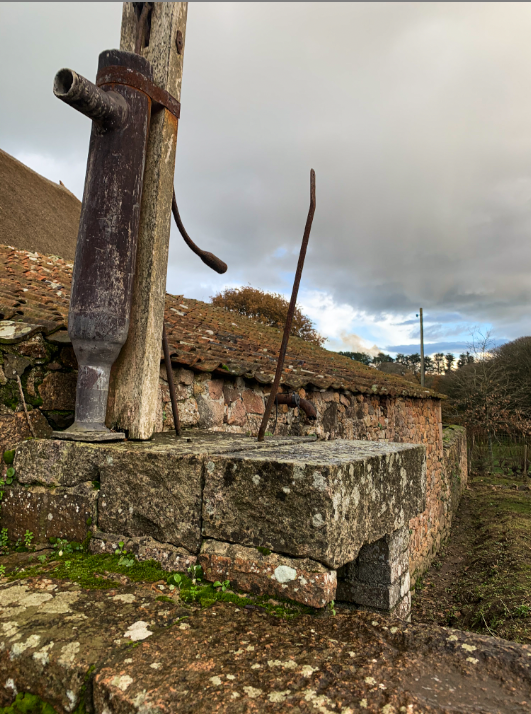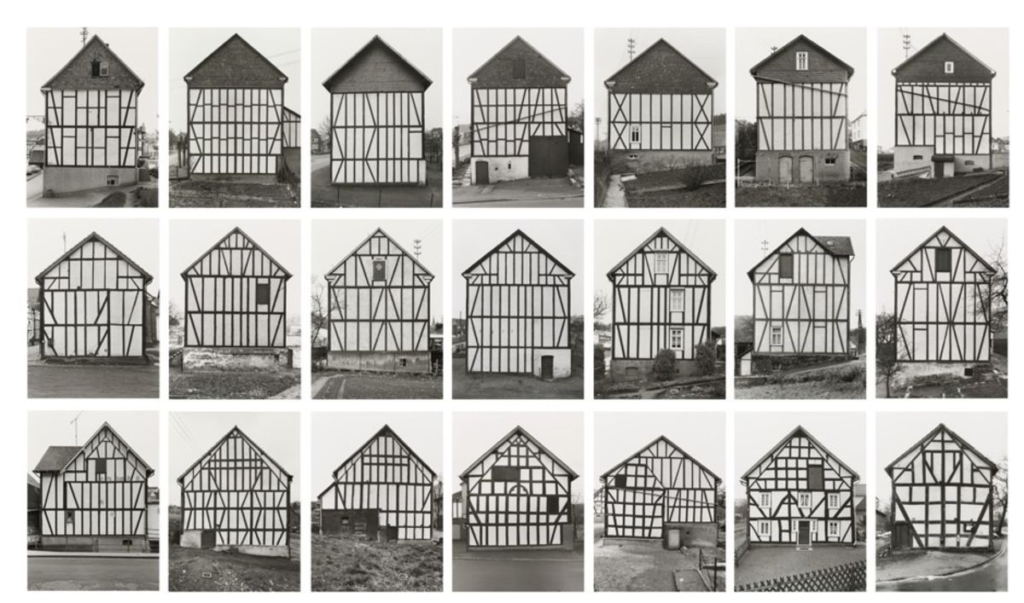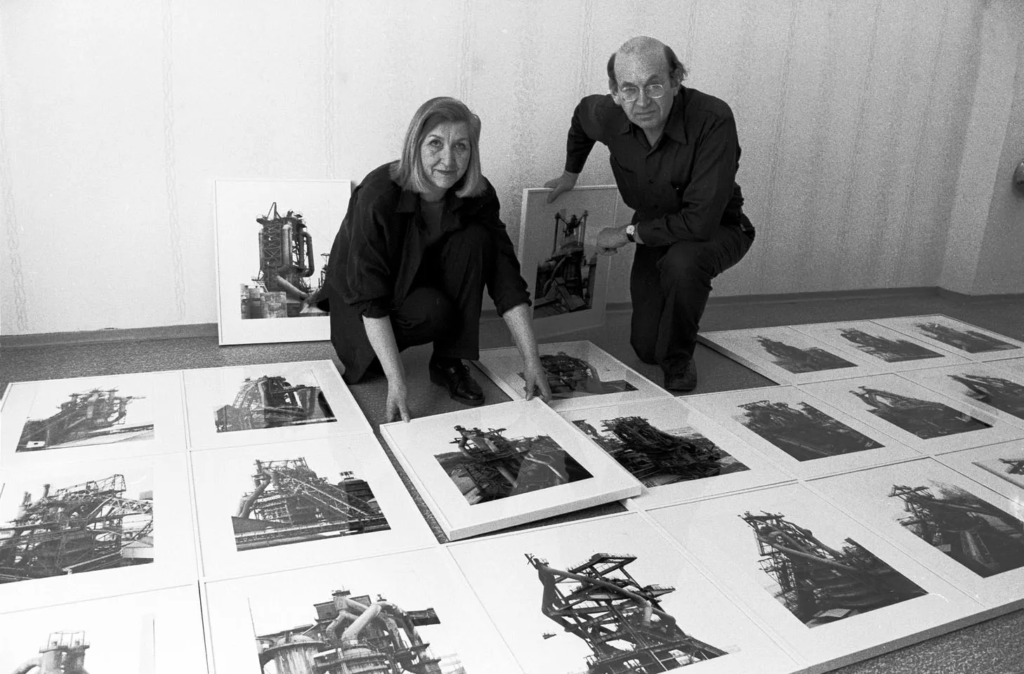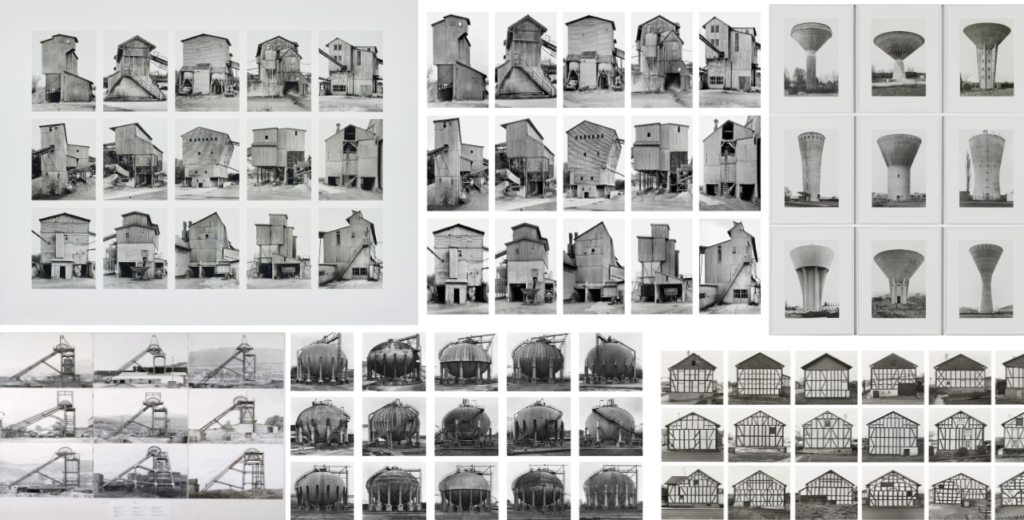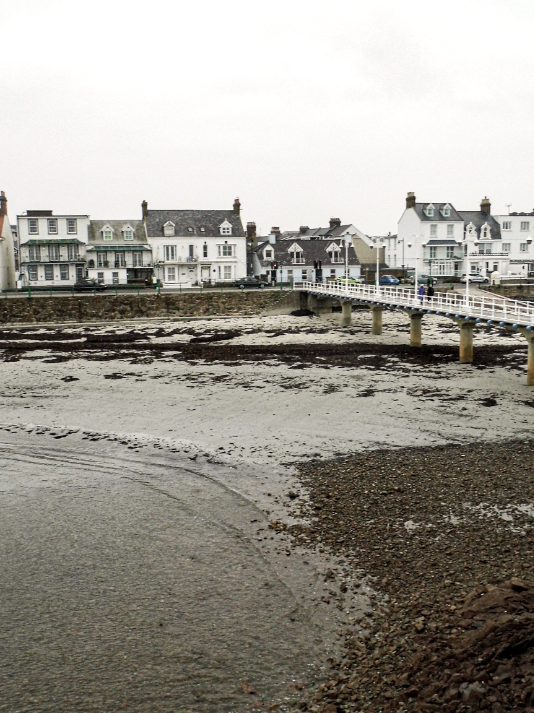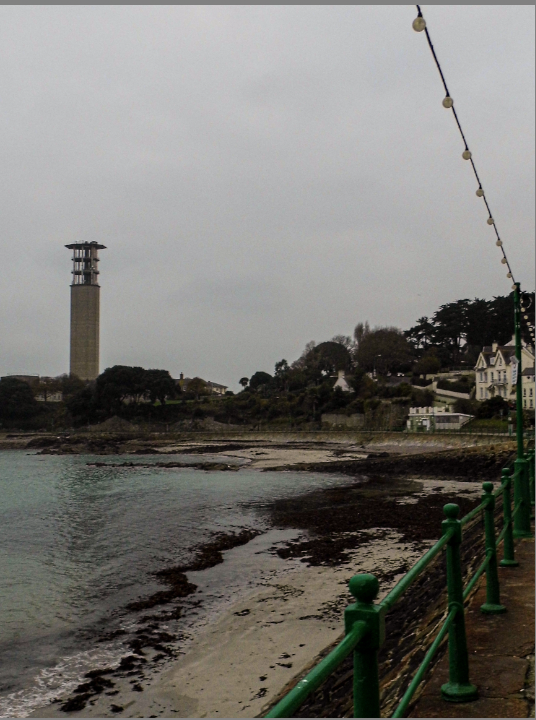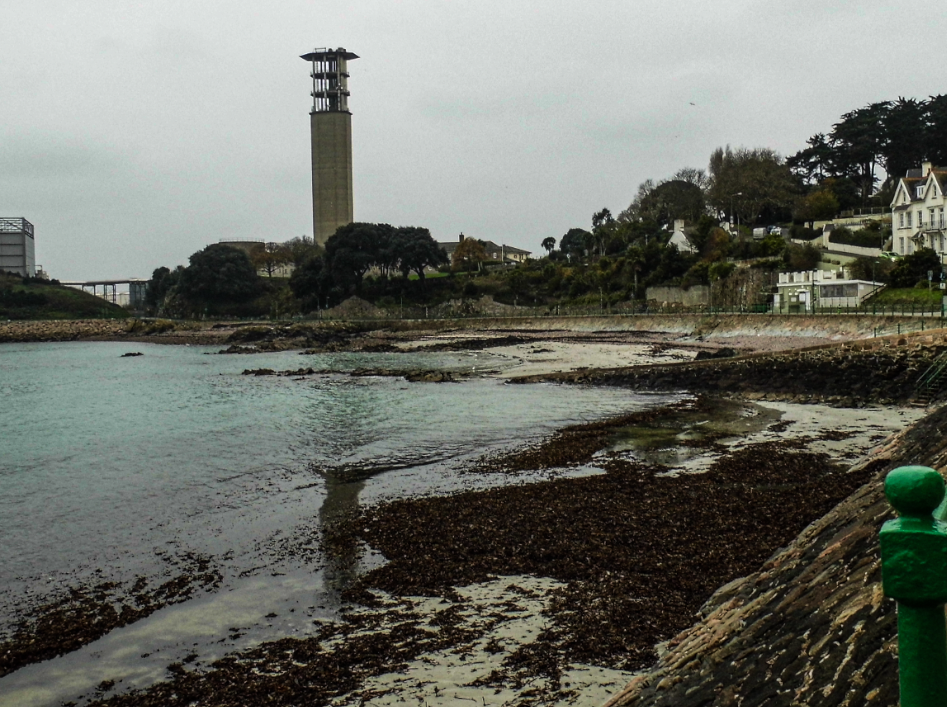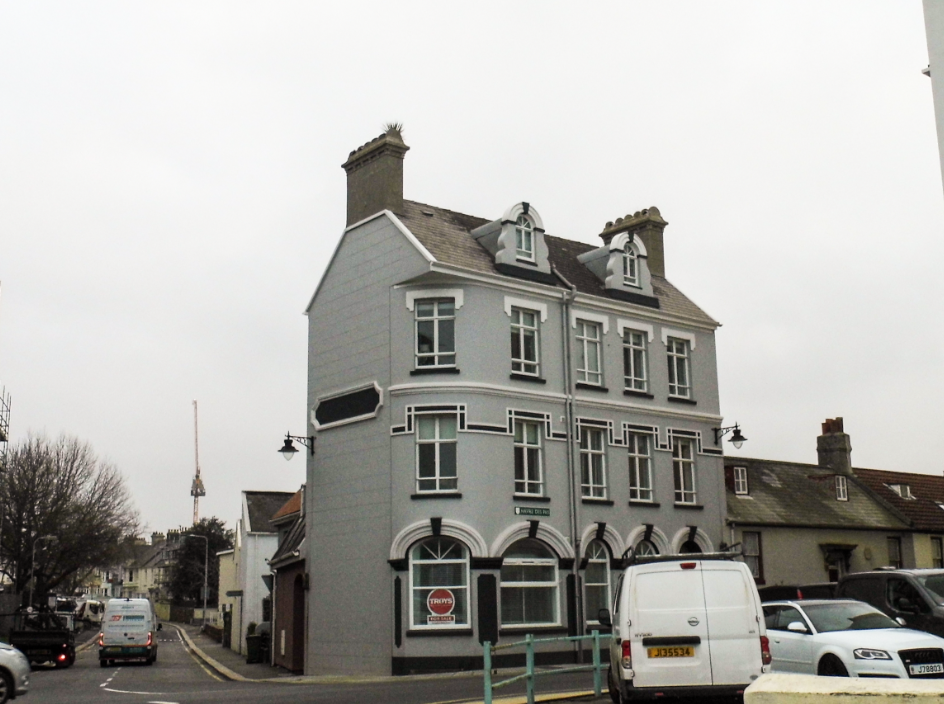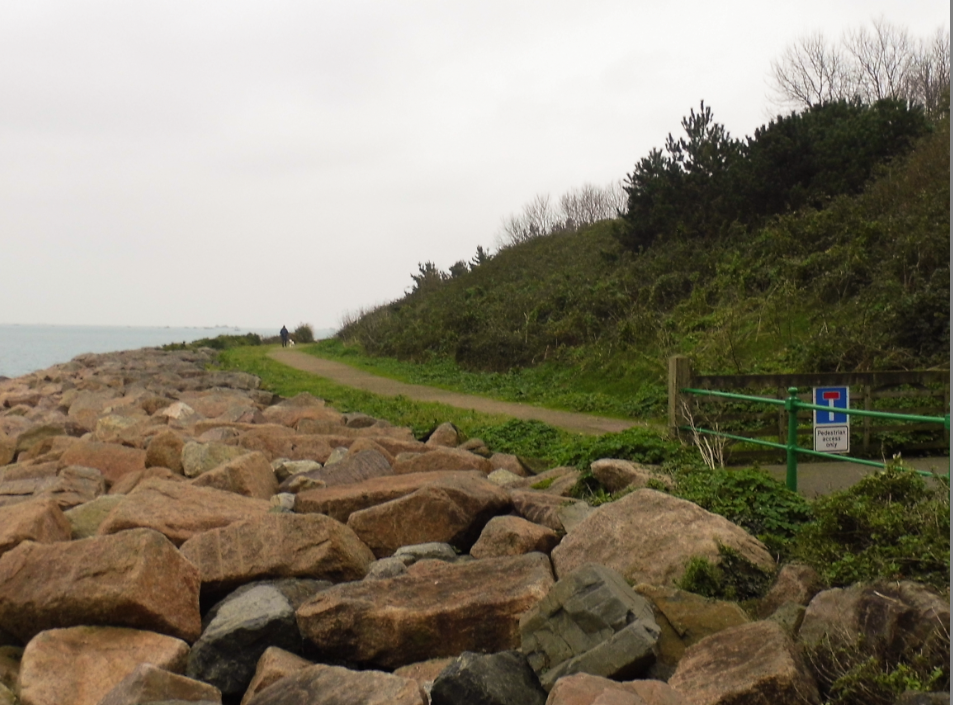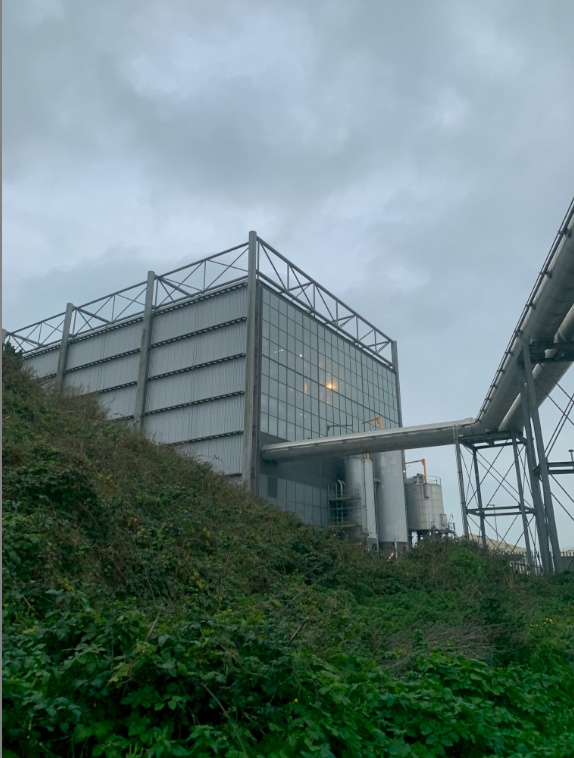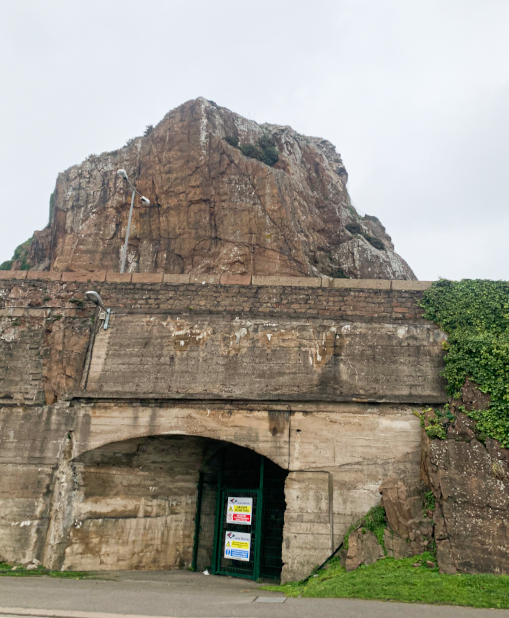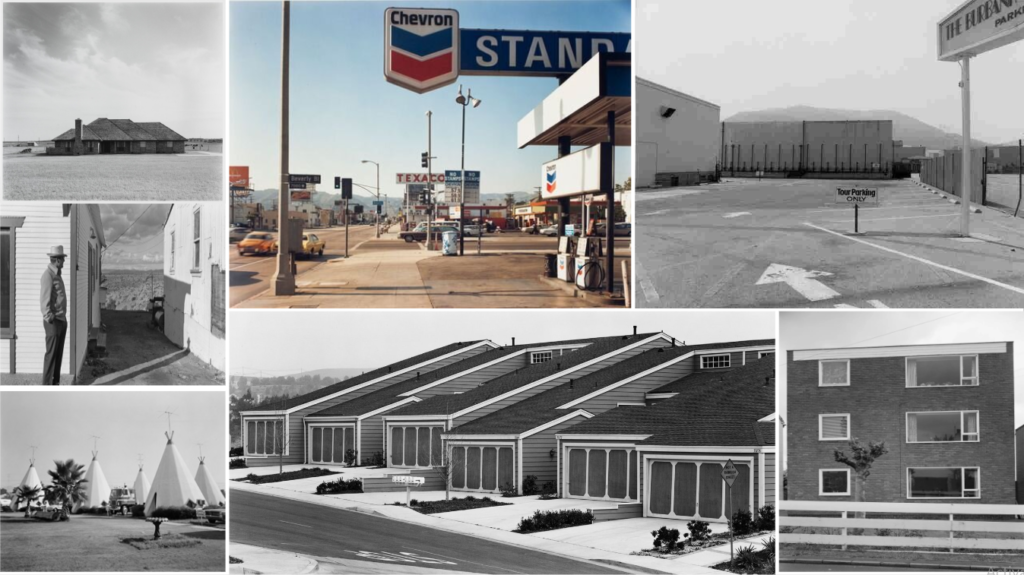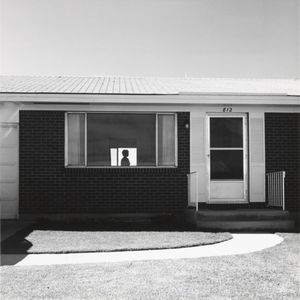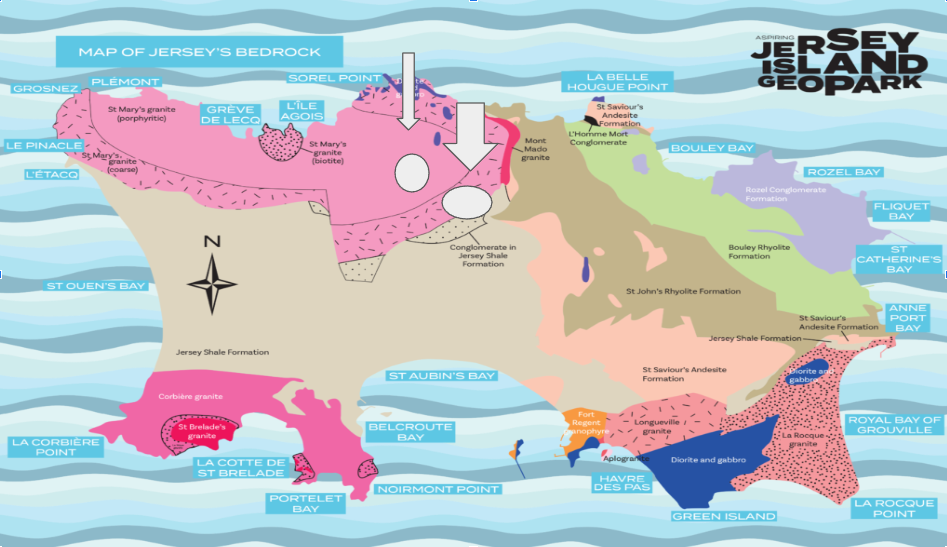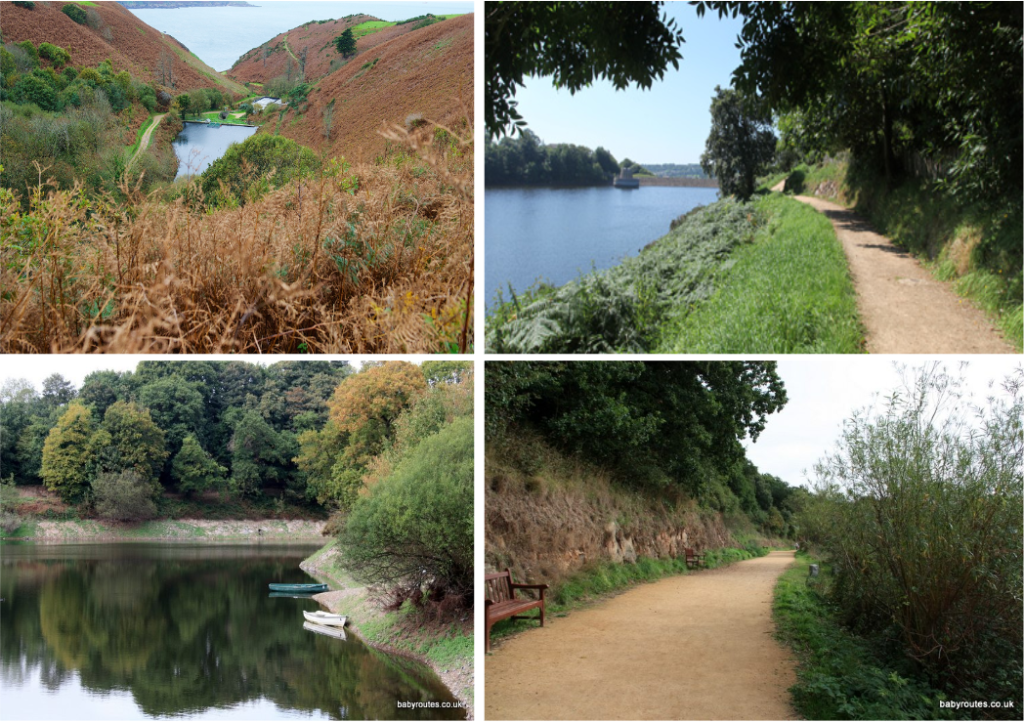Gustave Le Gray

Le Gray was born in 1820 near Paris and trained there as a painter. Around 1847 he took up photography. Even before making the marine images, he became one of the most renowned pioneers of the new art. His architectural, landscape and portrait photographs, his writings, teaching and inventions were all highly influential.
The Great Wave, the most dramatic of his seascapes, combines Le Gray’s technical mastery with expressive grandeur. He took the view on the Mediterranean coast near Montpellier. At the horizon, the clouds are cut off where they meet the sea. This indicates the join between two separate negatives. The combination of two negatives allowed Le Gray to achieve tonal balance between sea and sky on the final print. It gives a more truthful sense of how the eye, rather than the camera, perceives nature.

“It is my deepest wish that photography, instead of falling within the domain of industry, of commerce, will be included among the arts. That is its sole, true place, and it is in that direction that I shall always endeavor to guide it” – Gustave Le Gray
Dafna Talmor
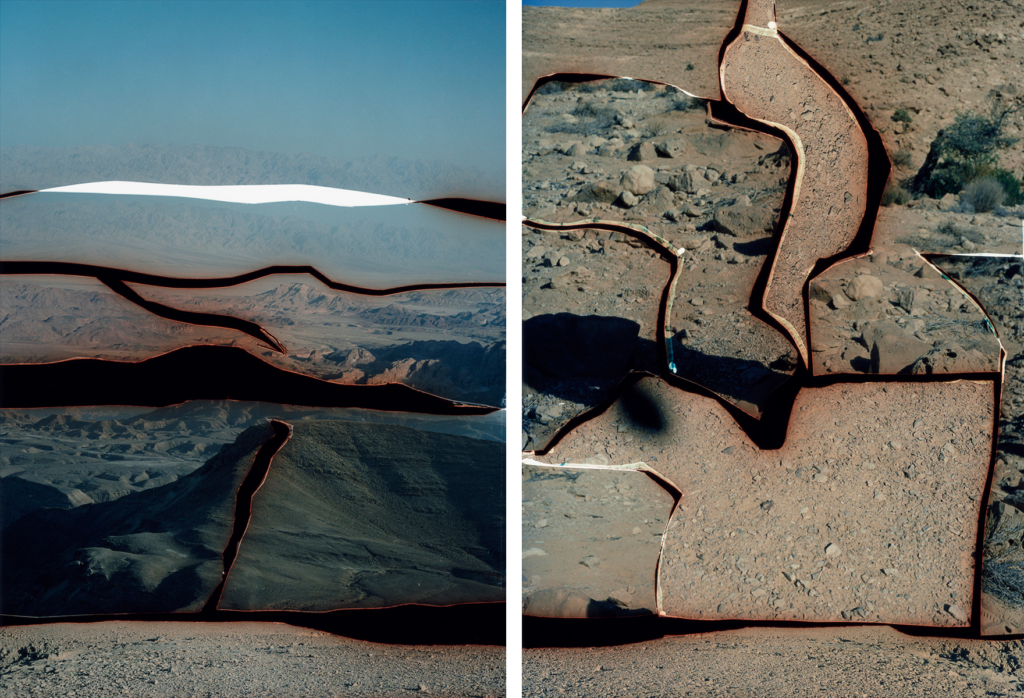
Dafna Talmor is a London based artist, photographer and Lecturer who practices encompasses photography, spatial interventions, curation and collaborations. She creates her work by using two different negatives and cutting them up with a scalpel to merge the photos together when developing them. Talmor combines colour negatives of landscapes that she has been collecting for years and transforms them into visually striking compositions that are devoid of man made structures.
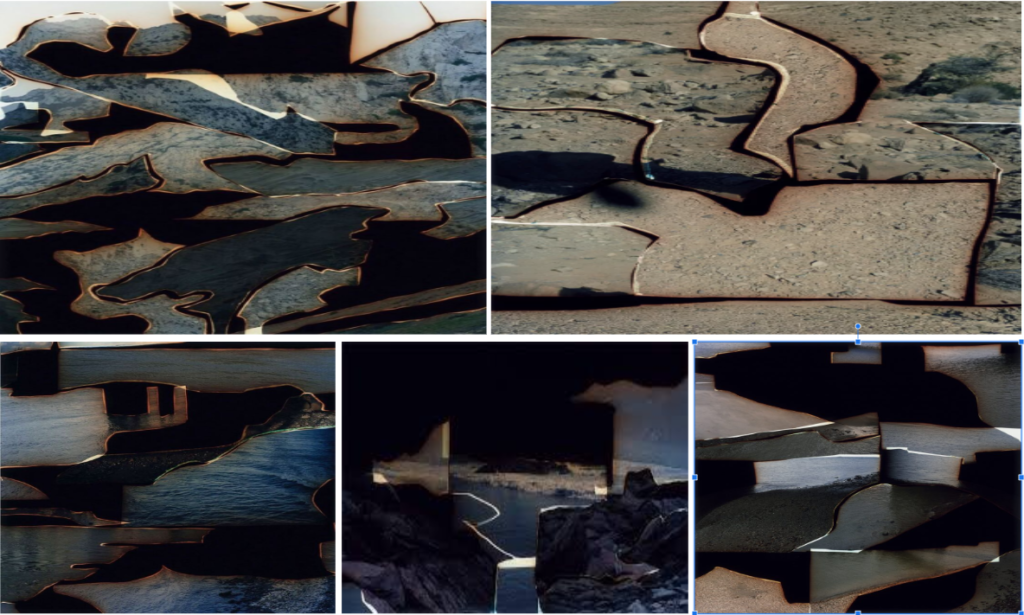
Comparison
Dafna Talmors relationship to photography’s histories and a growing awareness of the climate crisis have have all contributed to designing a project which attempts to explore how photographers have created unusual and provocative visions of the natural world. Gustave Le Gray also focused on the idea of photographing the natural world as the dramatic effects of sunlight, clouds, and water in Le Gray’s seascapes stunned his contemporaries and showed his eye for nature. At his time photographic emulsions were not equally sensitive to all colors of the spectrum which means most photographers found it impossible to achieve proper exposure of both landscape and sky in a single picture. Le Gray solved this problem by printing two negatives on a single sheet of paper: one exposed for the sea, the other for the sky, and sometimes made on separate occasions or in different locations.














